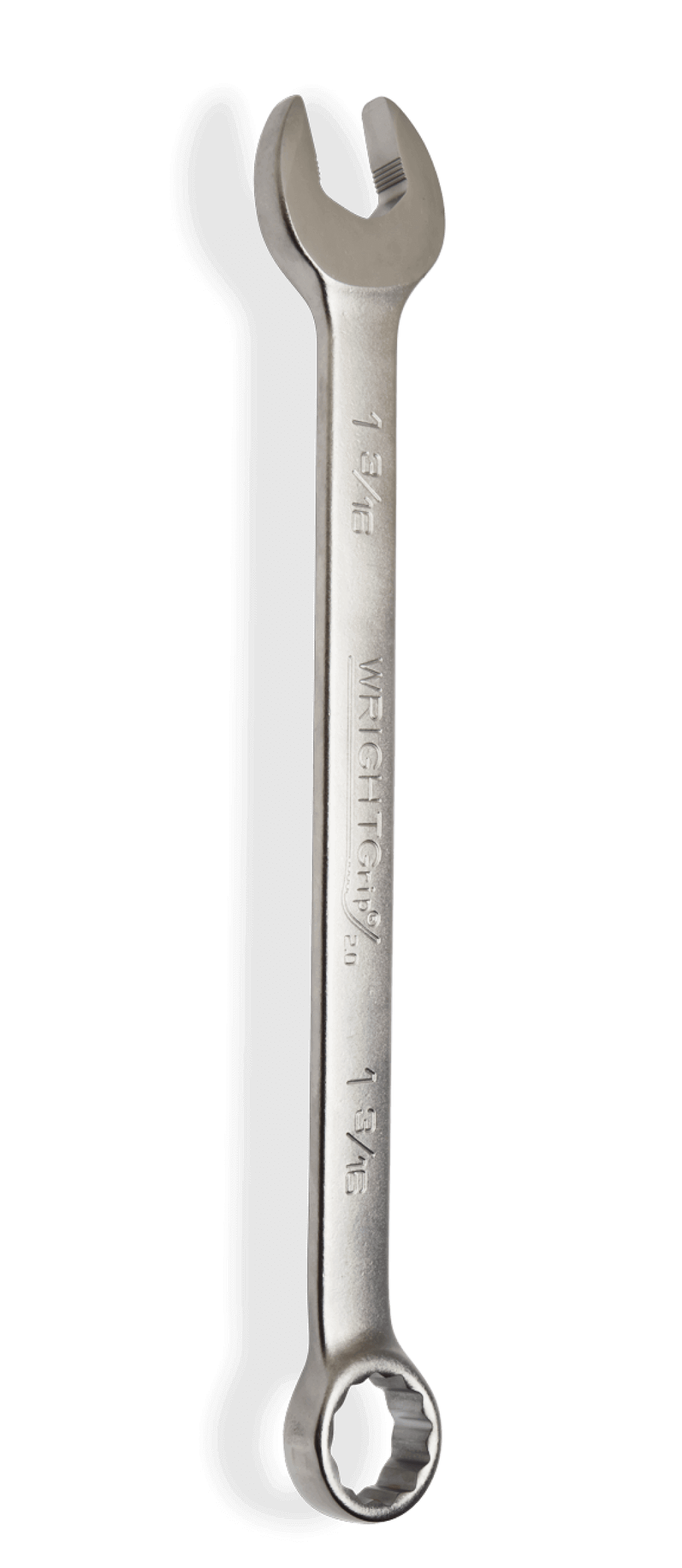July 13, 2023
Why Wrench Problems Happen and What Can be Done About It
Not all wrench breakage should be blamed on users. Fasteners have gotten stronger and are being tightened to higher torques. In addition, they are being turned with wrenches designed and built before today’s stronger fasteners were developed.
We can’t just make wrenches heavier. If we do, the wrenches might not fit in the space provided by past designs or new designs based on old wrench dimensions. However, wrench breakage and the associated hazards, costs and lost time can be greatly reduced by better understanding the root causes and possible corrective measures.
Threaded fasteners are useless without wrenches. Their performance depends on the performance of the wrenches. New fasteners need to be carefully evaluated for assembly but also for maintenance. Maintainability is critical for today’s expensive and complex products used in the aerospace, transportation, earth-moving, power generation and other industries.
Wrenching problems rarely occur during original assembly because fasteners are clean and usually oiled. The assembly tools are also usually in good condition and of the correct type. But, as the graph shows, loosening torques are generally in the range of 100 percent to 200 percent of the tightening torque and occasionally 300 percent or more! This is because of lubricant draining, as well as seizing and corrosion problems.
The exact values depend very much on the environment and age of a joint. The wrench that is chosen to remove a fastener must transmit as much torque as is required to loosen the fastener, which varies greatly. It may even be less than the installation torque if the fastener has been stretched in service or subjected to enough vibration to work it loose.
One reason for tightening fasteners in the first place is to keep them from backing out under vibration. If they are not tight enough, they will loosen. Whether a particular wrench is capable of delivering the amount of torque required depends on the design of the wrench and its basic strength.
This torque requirement is also influenced by the looseness of the fit. If the wrench is badly worn or if the fastener is undersized for any reason—including wear or damage—the amount of torque that the wrench/fastener combination can deliver to the threads is reduced.
Users often wonder whether a particular wrench will be able to loosen a fastener. The required torque is difficult to predict, and the strength of a wrench is difficult to predict. But, if either the wrench is worn or the fastener is damaged, there can be problems when removing the fastener.
It is certainly best to have a wrench that will remove a fastener every time, but this means it must be substantially stronger than the average load. That’s important if the wrench is required to handle a fastener that is tighter than normal.
On the other hand, a wrench that is inadequate will not be inadequate 100 percent of the time, because removal torque varies. The fact that a wrench works some of the time does not mean it is a good wrench. It is possible that just a little bit more strength for the wrench/fastener coupling will be enough to move up the curve to be out of trouble.
Trouble-free assembly provides no assurance of reliable disassembly. High-strength fasteners provide more reliable joints and save time and money by requiring fewer fasteners to install. However, the wrenches must be of good quality and kept in good condition.
The manufacturer must make sure there is space to accommodate wrenches of adequate strength. The mechanic must be provided with wrenches of adequate quality for the job. Premium-quality wrenches will often save time and money, as well as provide an extra margin of safety.
The 12-point head is typically smaller than the 6-point head in relation to the bolt size. More teeth and the smaller-size fastener means that the new-size fastener encounters a load that is approximately twice what would be produced by the same strength of a fastener of 6-point design.
Current standards do not call for 12-point wrenches to have any more strength than 6-point wrenches, yet they are typically the same diameter as 6-point wrenches. Therefore, greater care and only premium wrenches should be used when turning 12-point fasteners.
Even then, there can be problems. It might be necessary to limit the tightness of 12-point fasteners to less than their maximum strength to avoid wrenching problems. High-strength fasteners should always be tightened with torque wrenches or other load measuring techniques to be sure that they are tight enough. That way, they will not loosen or otherwise break from vibration.
This same measure can be used to assure that the 12-point fasteners are not over-tightened. A still better approach is to use a spline-headed fastener because spline wrenches have approximately twice the strength of 12-point wrenches of the same diameter.
Spline wrenches give the maximum clamping force per pound of fastener. They also provide maximum force where space is restricted, as well as provide additional safety. Spline wrenches will typically fit ordinary 6- and 12-point fasteners, eliminating the need for special wrenches.
For more information on safety and to sign up for our safety program, visit https://www.wrighttool.com/safety.






